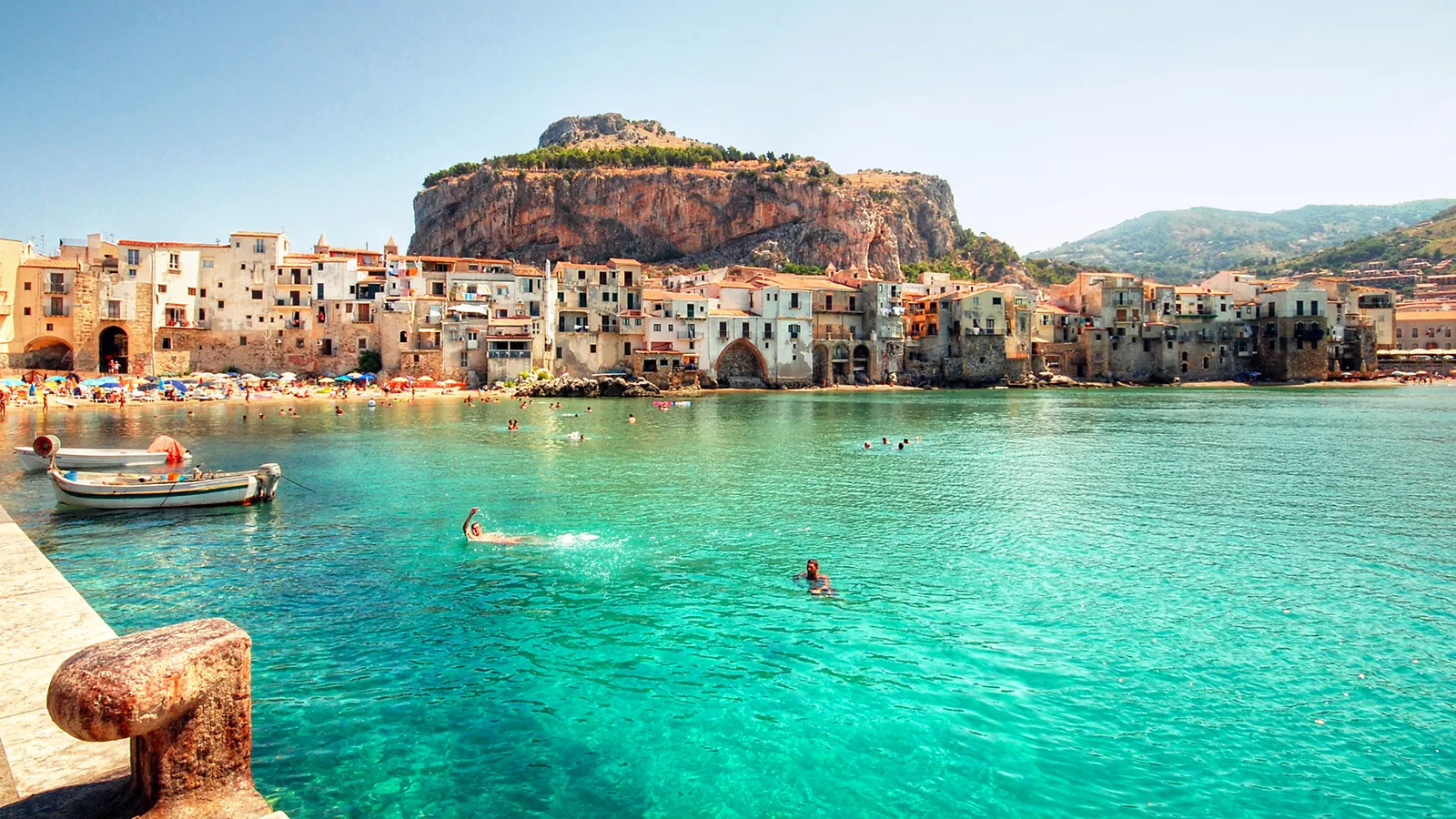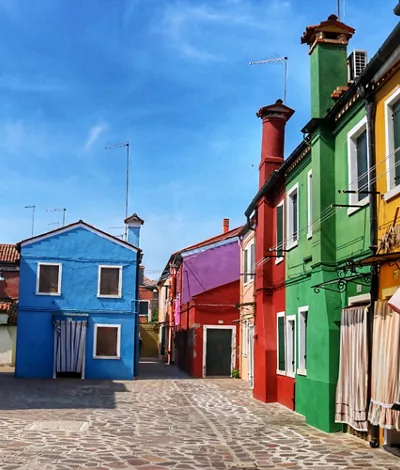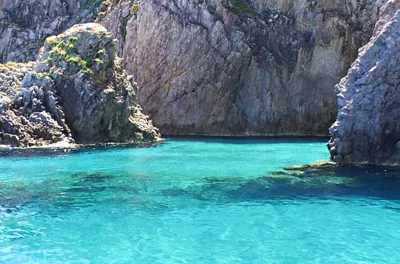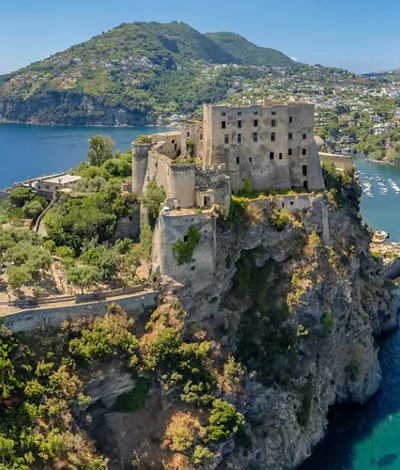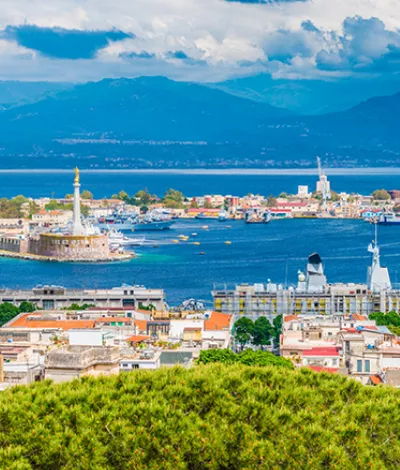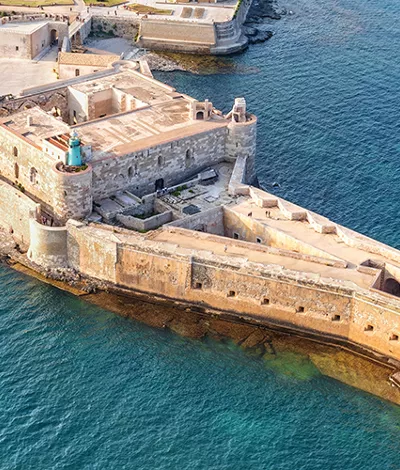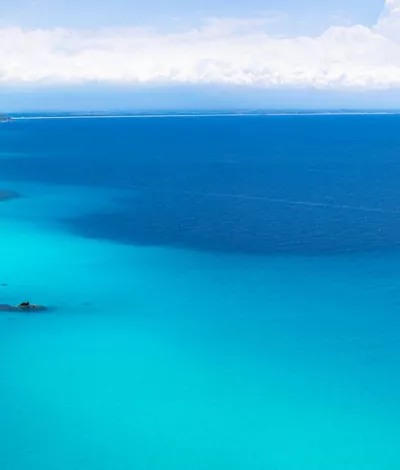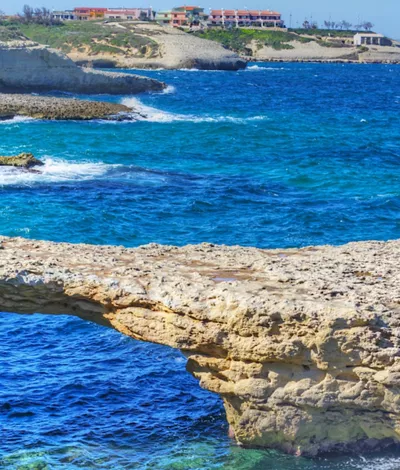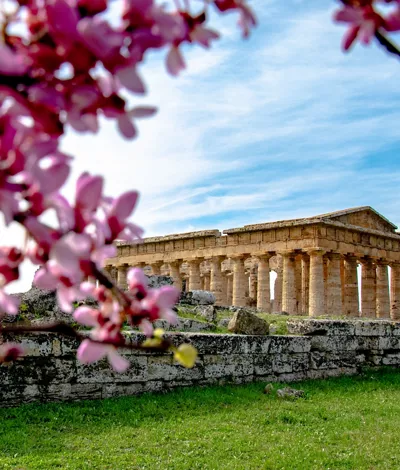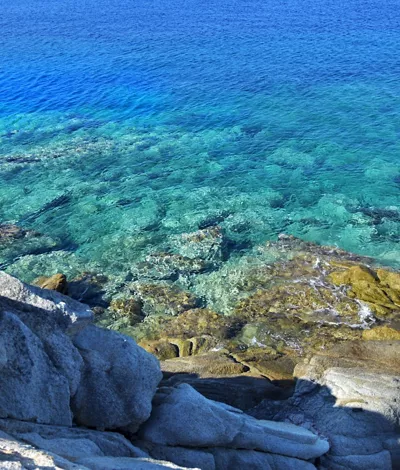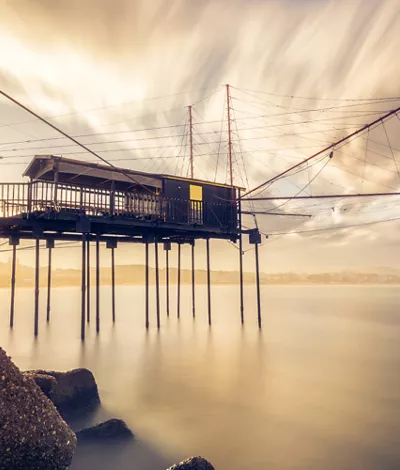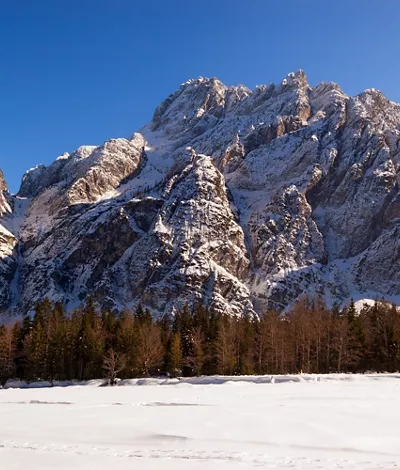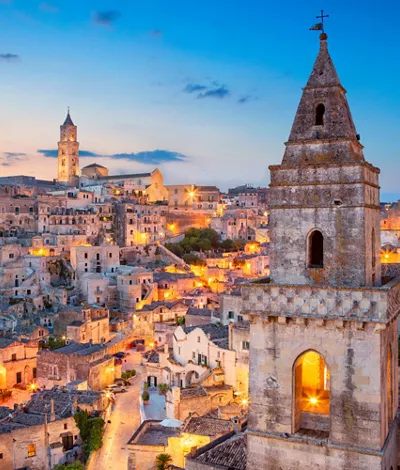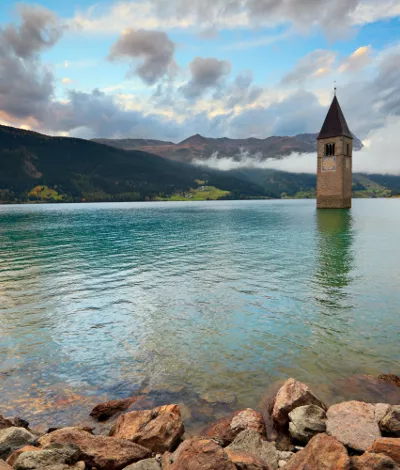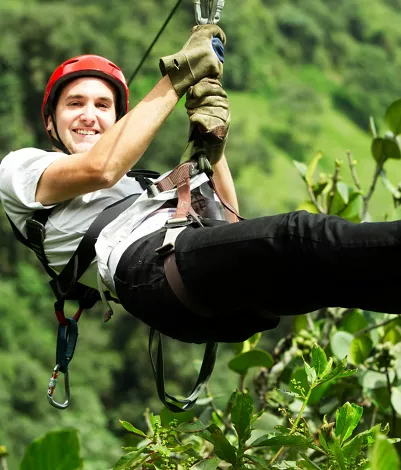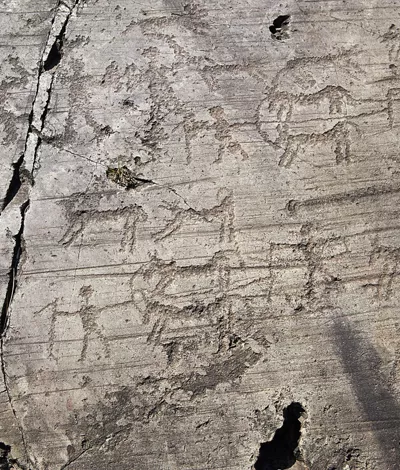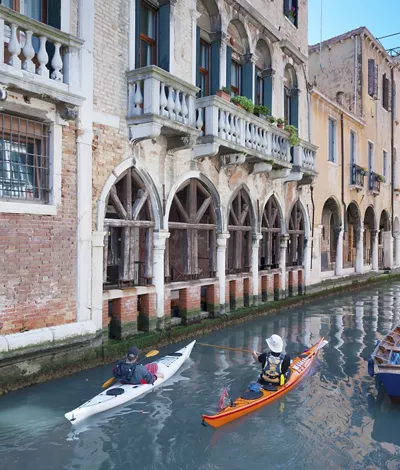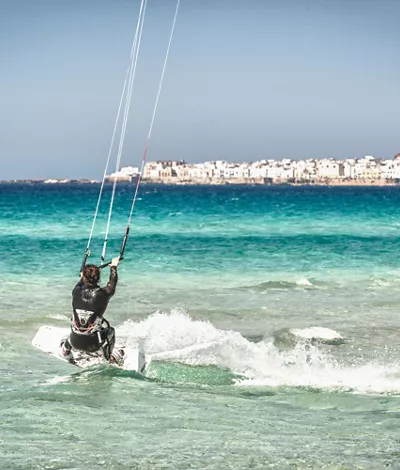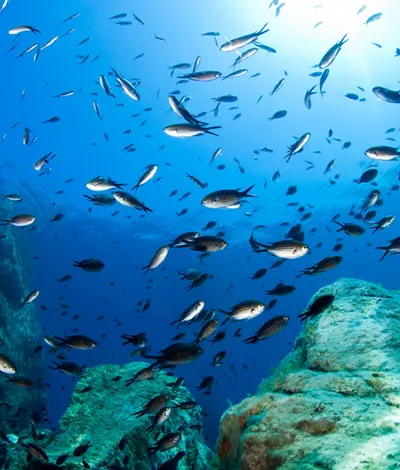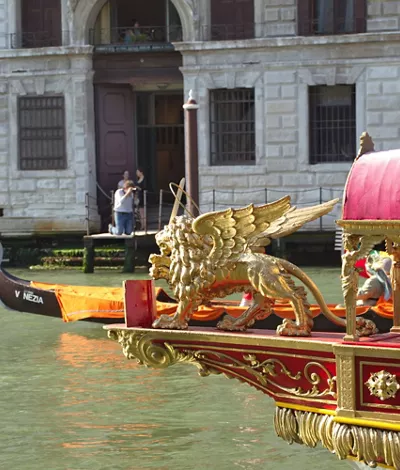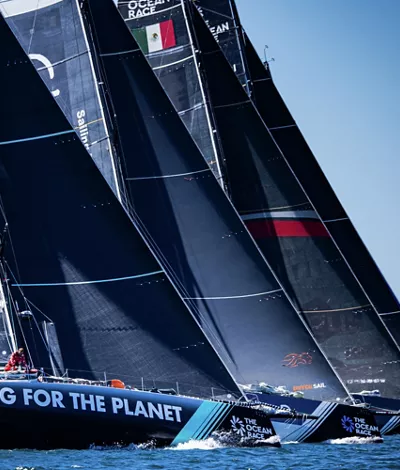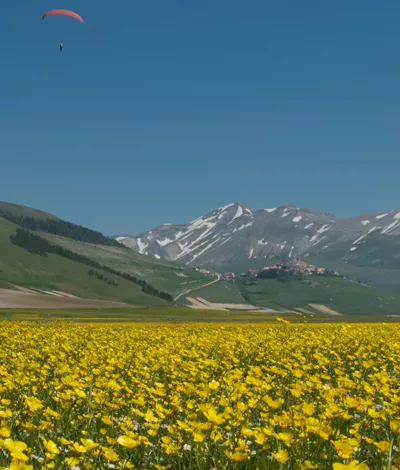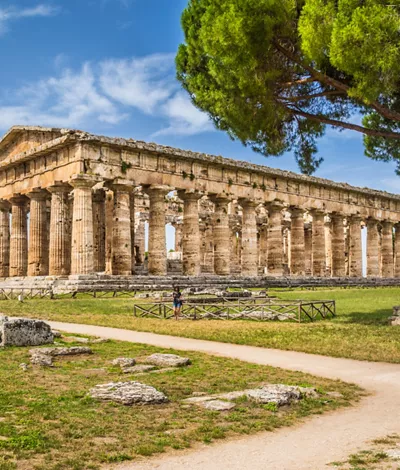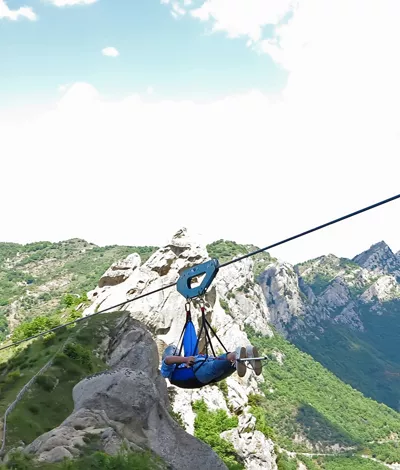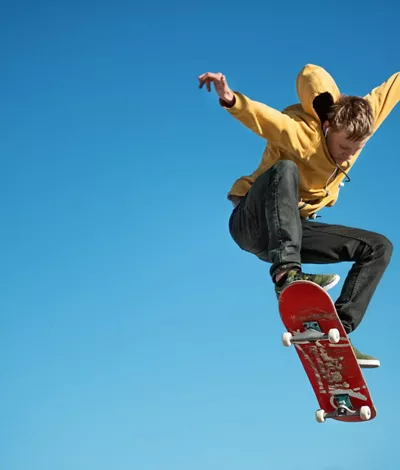Explore Italy in the hottest and brightest season, planning your holiday in one of the charming summer destinations
Where to go in summer in Italy? Relaxation and fun Sunny beaches or quiet mountains. Summer for Italians is more than a season: it is a lifestyle. Enjoy the quiet towns at 2 p.m. and the sunsets by the sea. Listen to the noise of holiday goers at restaurant tables and long night strolls. The summer months in Italy never disappoint, whether you love the high mountains or taking long swims in the clearest waters in the world. Everything will be truly unforgettable.
NOT TO BE MISSED
The most beautiful Italian destinations in summer
- Islands
- Sea
- Mountains
- Water Sports
- Outdoor sports


